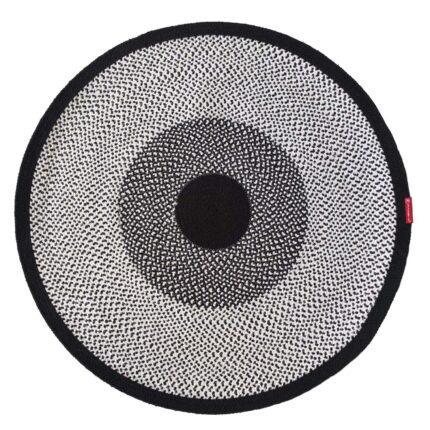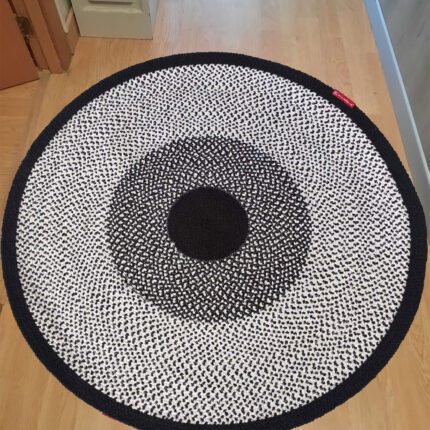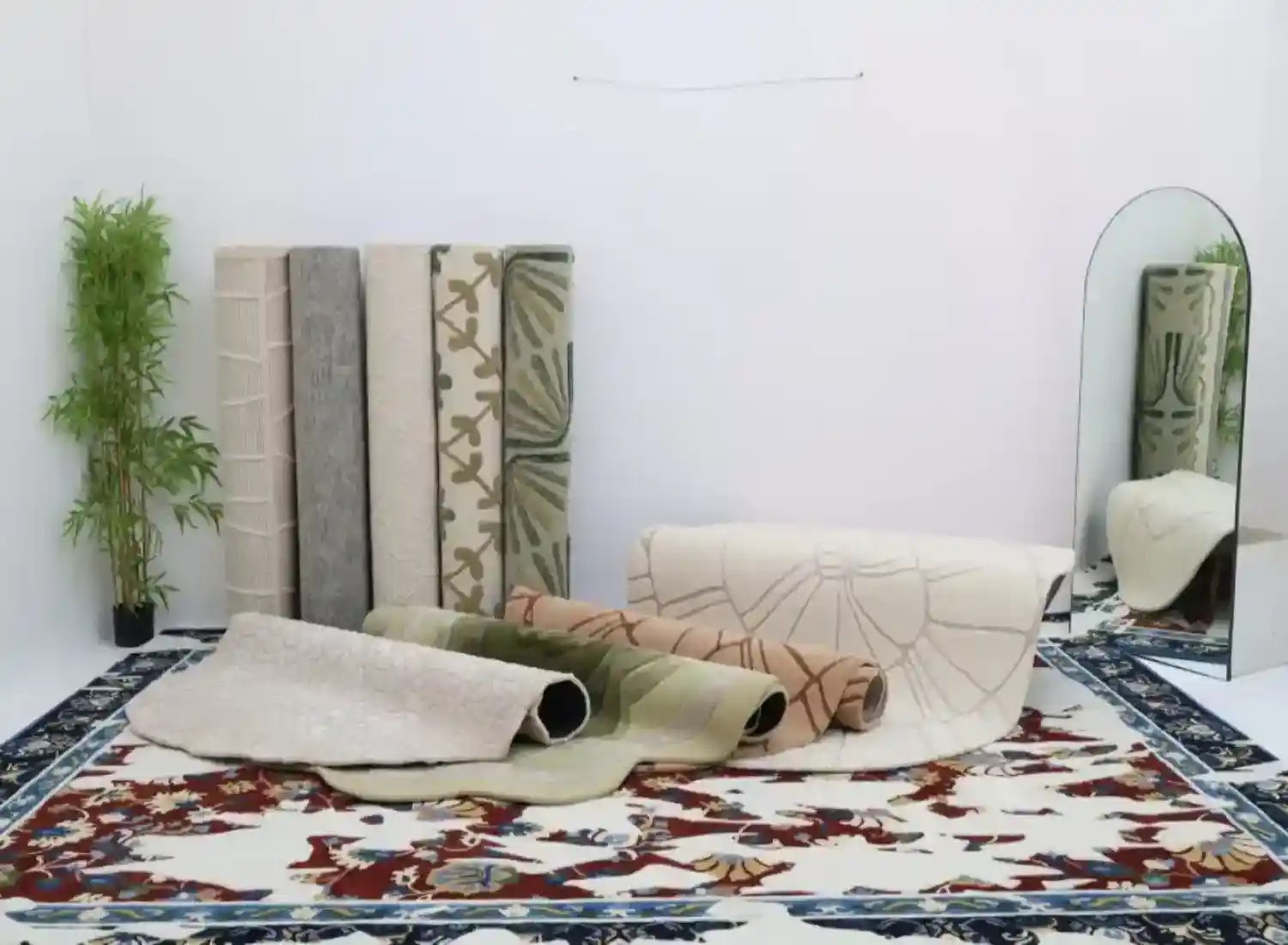The interior design industry is growing fast in 2025, driven by new construction, rising home décor demand, and digital design tools.
From market size and regional leaders to workforce trends and sustainability, these curated statistics highlight the key changes shaping the sector.
We have gathered data from trusted sources, all listed at the end of this article.
Key Interior Design Statistics 2025
- The global interior design market was $136.1B in 2023 and will hit $228B by 2033 (5.29% CAGR).
- Asia-Pacific is the fastest-growing region, driven by urbanization and middle-class growth.
- New construction projects dominate, making up 76% of market demand.
- 80% of industry revenue comes from residential + commercial clients.
- Commercial projects are the largest share, but residential demand is growing steadily.
- 83% of interior designers are women, highlighting strong female presence.
- 60% of designers are self-employed, showing a strong freelance trend.
- The home décor market reached $133.6B in 2024 and is expected to reach $161.7B by 2029.
- Online home décor sales are set to double by 2030, reaching $12B.
- Sustainable design practices can cut energy use by up to 50%.
Global Interior Design Industry Overview
The interior design market continues to grow worldwide, with clear leaders and emerging regions shaping its future.
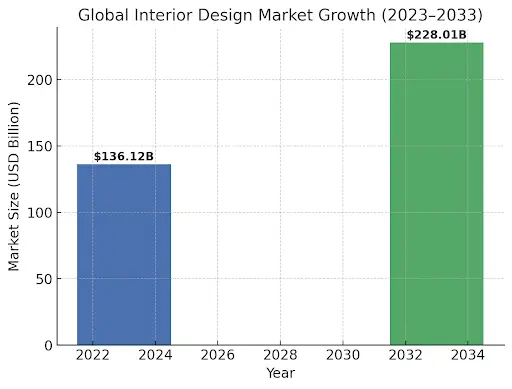
- The global interior design market was valued at $136.12 billion in 2023 and is projected to reach $228.01 billion by 2033, showing steady growth at a 5.29% CAGR. This rise highlights the growing importance of professional design in both homes and businesses.
- North America dominates the industry with a 33.79% revenue share in 2023. Within this region, the United States holds a massive 83.21% share, generating about $25.9 billion in 2024, making it the single largest market.
- Asia-Pacific holds a 21.82% share in 2023 and is the fastest-growing market. Rapid urbanization and rising middle-class income continue to push demand for modern and affordable design services.
- Europe remains steady, with the market expected to grow at a 3.6% CAGR from 2024 to 2030, showing stable but slower expansion compared to Asia-Pacific.
- Among individual countries, the UK market generated £1.6 billion in 2024, while Australia is expected to record the highest CAGR between 2025 and 2030, making it one of the most promising future markets.
This global picture shows a strong US-led market today, balanced by Asia-Pacific’s rapid expansion for the future.
Interior Design Market Segments and Service Types
Interior Design Projects: New vs. Remodeling
Interior design demand comes from both new builds and renovation work, but new construction clearly leads.
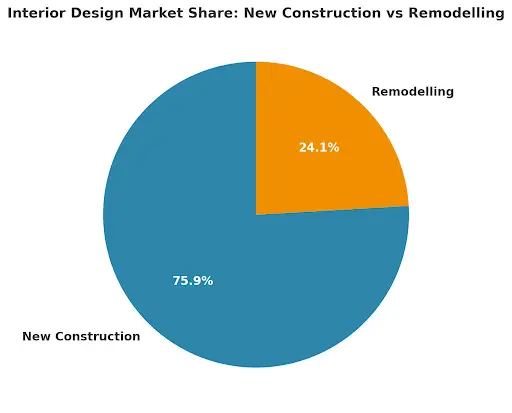
- New construction projects made up 75.92% of the market share in 2023. This shows how interior design is deeply connected to real estate growth and large-scale property development.
- The remodeling segment is smaller but growing, with a 5.3% CAGR expected between 2024 and 2030. Rising home improvement activity and renovation spending are fueling this steady demand.
New builds still dominate the market, but remodeling is becoming an important growth area as homeowners and businesses look to update existing spaces.
Interior Design by Client Type
Different types of clients drive demand for interior design services, with businesses leading but residential use steadily expanding.
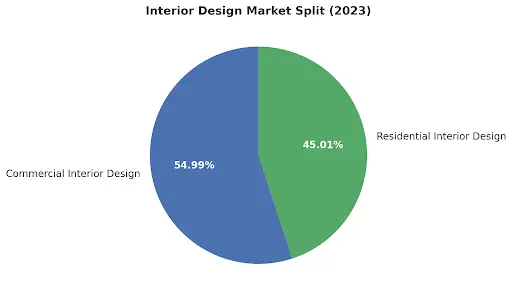
- Commercial interior design is the largest category, accounting for 54.99% of the market in 2023. Offices, retail stores, and hospitality projects contribute heavily to this share.
- Residential design services are growing at a 4.5% CAGR from 2024 to 2030. Rising homeownership, urbanization, and the popularity of personalized interiors drive this growth.
- The enterprise client segment generated $4.35 billion in 2024, showing the importance of large-scale corporate and institutional projects.
- Together, residential and commercial clients contribute more than 80% of industry revenue, making them the backbone of the interior design market.
This breakdown shows how interior design serves both everyday homeowners and large-scale businesses, with commercial work leading in revenue but residential demand catching up through steady growth.
Workforce and Careers in Interior Design
The interior design industry depends on a diverse workforce that is growing steadily while showing clear demographic patterns.
Job Growth
- The interior design job market in the United States is projected to grow by 4% between 2018 and 2028.
- Globally, interior design jobs are expected to rise by 13% in the next decade, showing steady demand for professionals.
- Specialized design industries are forecasted to expand even faster, with 20% growth in the coming years.
Work Models
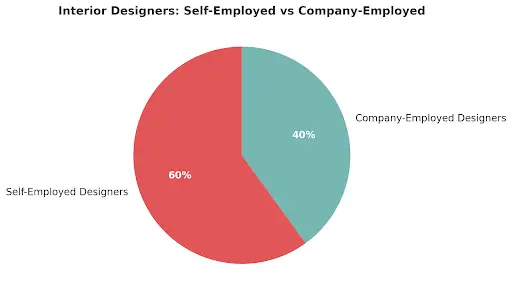
- More than 60% of interior designers are self-employed, reflecting the freelance and entrepreneurial nature of the profession.
- Around 18% of the workforce is engaged in specialized design services, serving niche markets such as luxury or sustainable interiors.
Demographics
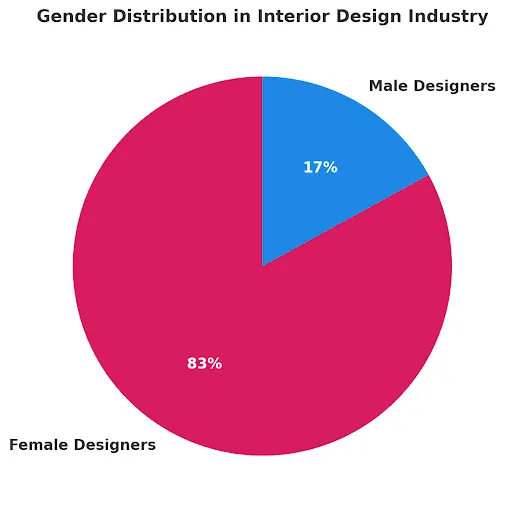
- Women make up the majority of the industry, with 83% of interior designers being female.
- By race, 73% are White, 8% Asian, 7% Hispanic, and 3% African American.
The data shows interior design is a profession with strong female representation, steady growth potential, and a high level of independence through self-employment. Specialized niches and a diverse client base continue to open new opportunities for designers worldwide.
Home Decor and Consumer Spending
The home décor market is closely tied to interior design, showing strong global growth and increasing consumer spending across both physical and online channels.
Global Market Growth
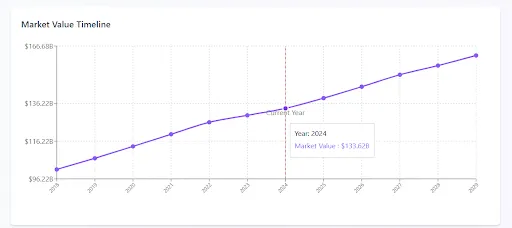
- The home décor market has grown steadily from $101.22 billion in 2018 to $133.62 billion in 2024.
- It is expected to reach $139.05 billion in 2025 and $161.68 billion by 2029, with a 3.89% CAGR (2024–2029).
Online Home Décor
- Online home decor sales grew from $5.34 billion in 2023 to $5.97 billion in 2024, an 11.8% increase in one year.
- The online segment is projected to keep expanding at a 12.24% CAGR, reaching $12 billion by 2030.
Product Categories
- The global furniture market generated $546 billion in 2022, making it the largest décor category.
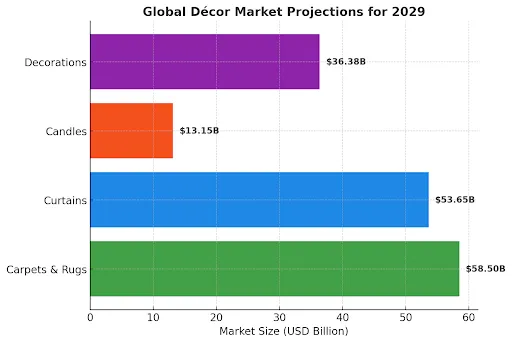
- The carpets and rugs sector is expected to reach $58.5 billion by 2029.
- The curtains sector is projected to reach $53.65 billion by 2029.
- The candles sector is forecasted at $13.15 billion by 2029.
- The decorations sector is projected to reach $36.38 billion by 2029.
Regional Highlights
- The United States leads globally with $35 billion in revenue in 2024.
- The United Kingdom generated £3.6 billion in 2024, though its growth rate is slower at 1.48% CAGR (2024–2029).
This data shows that home décor remains a strong companion industry to interior design, with online platforms and product-specific growth (like furniture and rugs) shaping how consumers spend on interiors.
Post-Pandemic Shifts and Social Trends
The interior design industry has gone through major changes since the COVID-19 pandemic. Designers and consumers have adapted to new lifestyles, technology, and inspiration sources.
Work and Lifestyle Changes
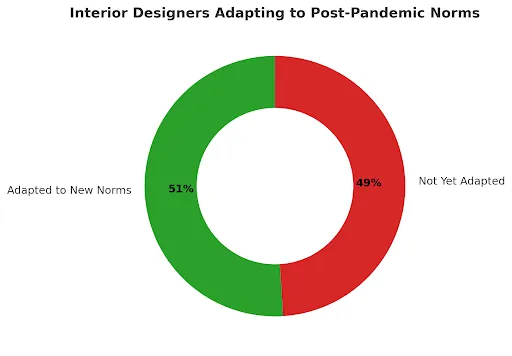
- About 51% of interior designers have adapted to new norms in the industry after the pandemic.
- The demand for home offices and multifunctional spaces has grown, as more people continue hybrid or remote work.
Social Media Influence
- Platforms like Instagram, Pinterest, and TikTok have become leading sources of design inspiration for homeowners and businesses.
- Viral trends and visual content drive demand for specific styles, colors, and layouts, showing how social media now shapes consumer preferences.
Consumer Behavior
- People place greater value on comfort and functionality at home.
- Commercial spaces, such as cafes, offices, and retail stores, are being designed with experience and aesthetics in mind to attract customers back in person.
These shifts show how the industry is not just about looks anymore, it reflects new lifestyles, online culture, and the need for flexible and inspiring spaces.
Technology and Sustainability in Interior Design
Beyond market size and client demand, two major forces are shaping the future of interior design: digital tools and sustainable practices.
Interior design software market
- The global interior design software market was valued at $5.37 billion in 2024.
- It is projected to reach $9.65 billion by 2030, growing at a fast 10.3% CAGR.
This rise shows how technology is becoming essential for visualization, 3D modeling, and collaboration between designers and clients.
Sustainability impact
- Sustainable interior design can reduce energy use by up to 50%. Eco-friendly materials, smart layouts, and energy-efficient systems are helping both businesses and homeowners cut costs and lower environmental impact.
Together, technology and sustainability are not just trends—they are long-term shifts that will define how designers work and how spaces are built in the years ahead.
Final words
The interior design industry in 2025 shows steady expansion across regions and client segments. The United States continues to lead, while Asia-Pacific is the fastest-growing market. Residential and commercial projects remain the core drivers, supported by rising demand in home décor and online sales. The workforce is diverse, entrepreneurial, and increasingly specialized.
Technology and sustainability are reshaping how spaces are planned, built, and enjoyed. For homeowners, professionals, and businesses, design today is about balancing style with function, efficiency, and long-term value.
Data Sources
- https://www.grandviewresearch.com/industry-analysis/interior-design-market-report
- https://www.mordorintelligence.com/industry-reports/interior-design-services-market
- https://www.sphericalinsights.com/reports/interior-design-market
- https://halmanthompson.com/interior-design-statistics
- https://foyr.com/learn/interior-design-facts-and-statistics
- https://www.ibisworld.com/united-kingdom/industry/interior-design-activities/14549/
- https://www.ibisworld.com/united-states/industry/interior-designers/1410/
- https://www.bls.gov/ooh/arts-and-design/interior-designers.htm
- https://datausa.io/profile/soc/interior-designers
- https://www.researchandmarkets.com/report/online-home-decor
- https://www.news.market.us/home-decor-statistics/
- https://www.statista.com/outlook/cmo/furniture/home-decor/worldwide
- https://www.statista.com/outlook/cmo/furniture/home-decor/united-kingdom
- https://worldmetrics.org/

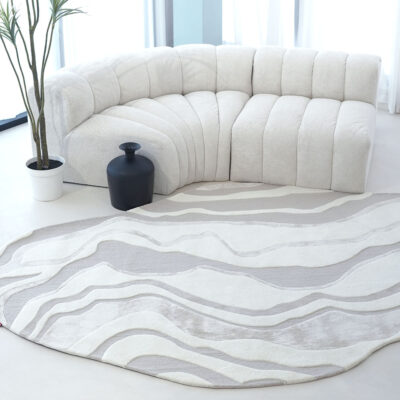
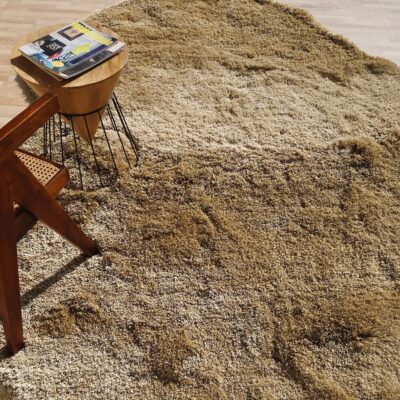






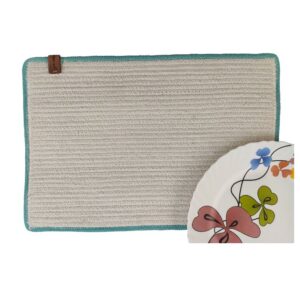

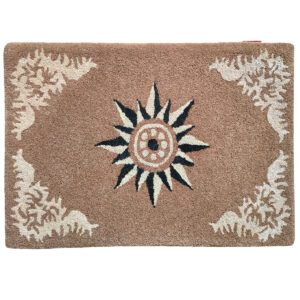
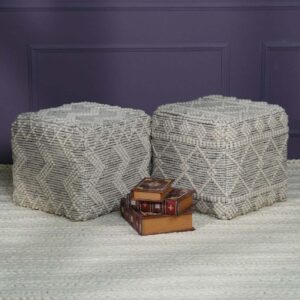

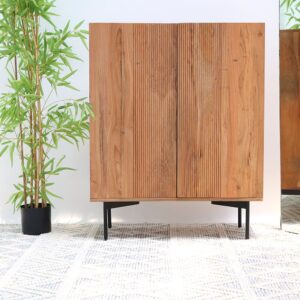



 104
104